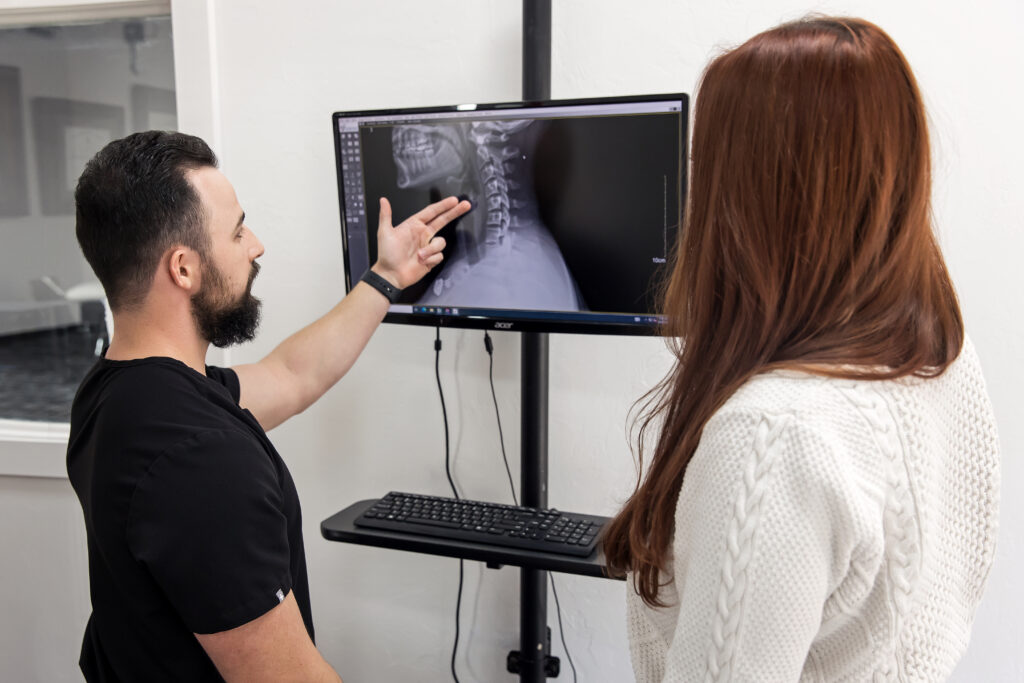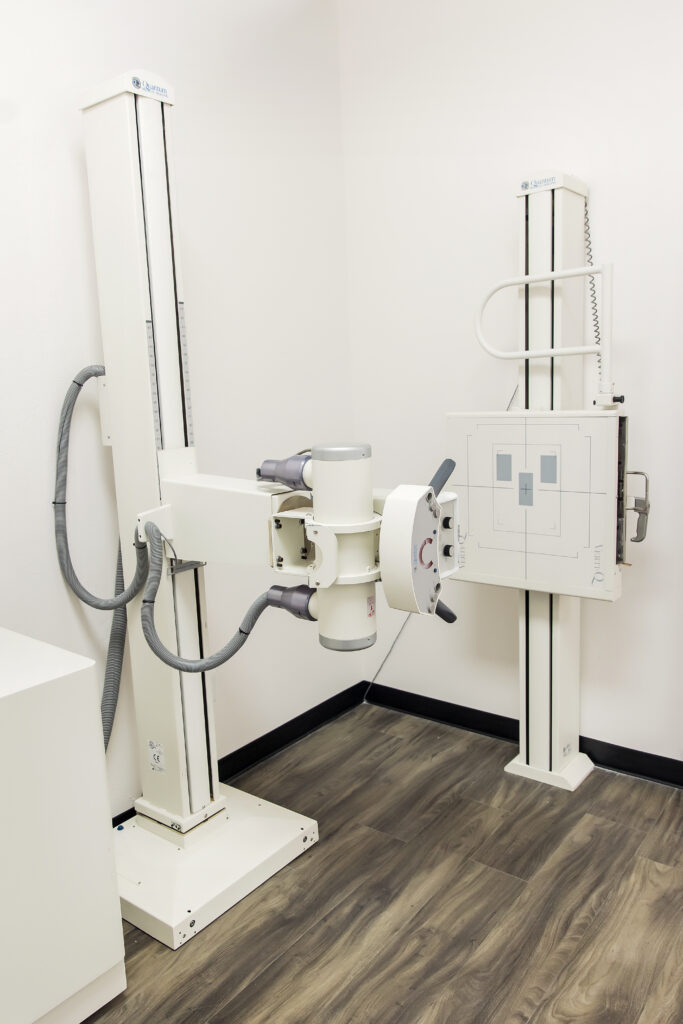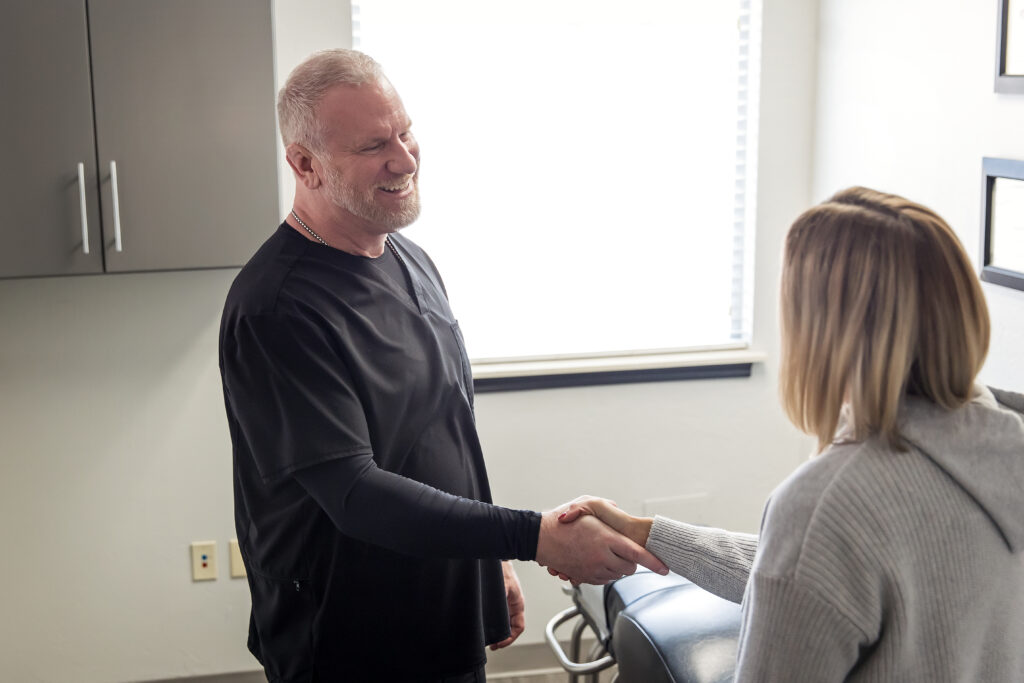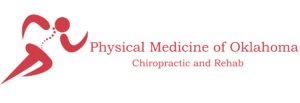Individual Treatment Plans Made For You Not The Masses
At Physical Medicine of Oklahoma, we understand that every patient is unique, with individual needs and goals. We approach each case with utmost respect and attention, ensuring that every patient receives the personalized care they deserve.



How We Come Up With Personalized Treatment Plans:
Patient History: We begin by taking a detailed history of the patient’s symptoms, past injuries, medical conditions, and lifestyle factors that may contribute to their current issues. Understanding the patient’s health background helps us assess the root cause of their problem and tailor treatment accordingly.
Physical Examination: We conduct a physical examination to assess the patient’s posture, range of motion, muscle strength, and joint mobility. We may also perform orthopedic tests to evaluate specific areas of concern and identify any structural abnormalities.
Diagnostic Imaging: If needed, we may take diagnostic imaging such as x-rays, MRI, or CT scans to get a detailed view of the spine and musculoskeletal system. X-rays can reveal misalignments, joint degeneration, fractures, or other underlying issues that may inform the treatment approach.
Analysis of Findings: Once we have gathered all relevant information from the patient history, physical examination, and diagnostic imaging, we analyze the findings to determine the underlying cause of the patient’s symptoms. This analysis helps us develop an accurate diagnosis and formulate an individualized treatment plan.
Goal Setting: We then collaborate with the patient to establish treatment goals based on their specific needs, preferences, and desired outcomes. These goals may include pain relief, improved mobility, prevention of further injury, and overall wellness.
Treatment Options: Based on the diagnosis and treatment goals, we select appropriate treatment techniques and modalities. These may include chiropractic adjustments (spinal manipulation), soft tissue therapy, therapeutic exercises, ergonomic and lifestyle recommendations, and other adjunctive therapies such as electrical stimulation or ultrasound.
Progress Monitoring: Throughout the course of treatment, we regularly assesses the patient’s progress and adjust the treatment plan as needed. We use subjective feedback from the patient, objective measures such as range of motion or pain scales, and periodic re-evaluations to track improvements and make modifications to the treatment approach.
Patient Education: In addition to providing hands-on treatment, we like to educate our patient about their condition, self-care strategies, ergonomic principles, and preventive measures to empower them to take an active role in their recovery and long-term health.
By combining comprehensive assessment, evidence-based treatment techniques, and ongoing monitoring, we aim to deliver personalized care that addresses the unique needs of each patient and promotes optimal musculoskeletal health and wellness.
